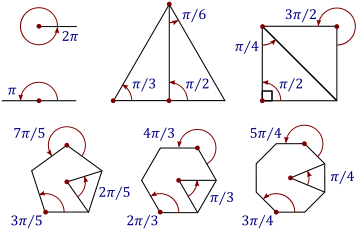 In mathematics, a unit circle is a circle with a radius
of one. The unit circle can be used in trigonometry, when placed in a Cartesian
coordinate system, so that its center is at the origin (0,0).
In mathematics, a unit circle is a circle with a radius
of one. The unit circle can be used in trigonometry, when placed in a Cartesian
coordinate system, so that its center is at the origin (0,0).
Now, if we have (x,y) as a point
on the unit circle, and knowing that the radius of the circle is equal to one,
we may form a triangle and therefore acquire a equation, called the equation of
unit circle: x2 + y2
= 1.
Now, let's get more into trigonometric function of
the unit circle. If we have a point on the unit circle (x, y) and we form a
triangle with it, a angle "t" will be formed.
Do you remember the definitions of cosine and sine?
Well, if you do, you will know that, considering the radius (hypotenuse) being
equal one, cos(t) = x and sin(t) = y. We also already know the equation of the
unit circle (x2
+ y2 = 1). Now let's sub the x and y with cos and sin. This will
result in cos2(t) + sin2(t) = 1
Knowing this equation, it is easy to determine
points and angles on the unit circle. However, to be more practical you must
memorise the unit circle, not only the angles, but the radians.

